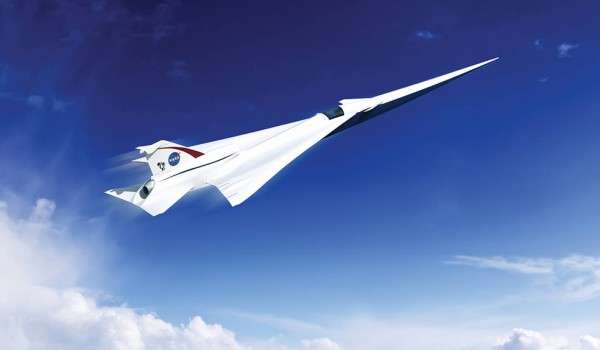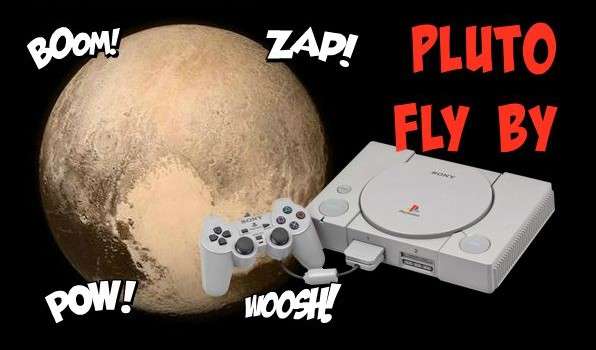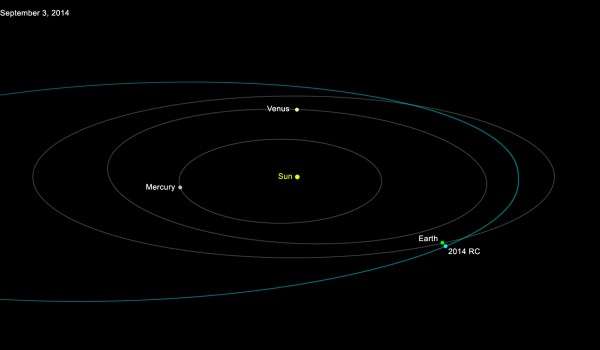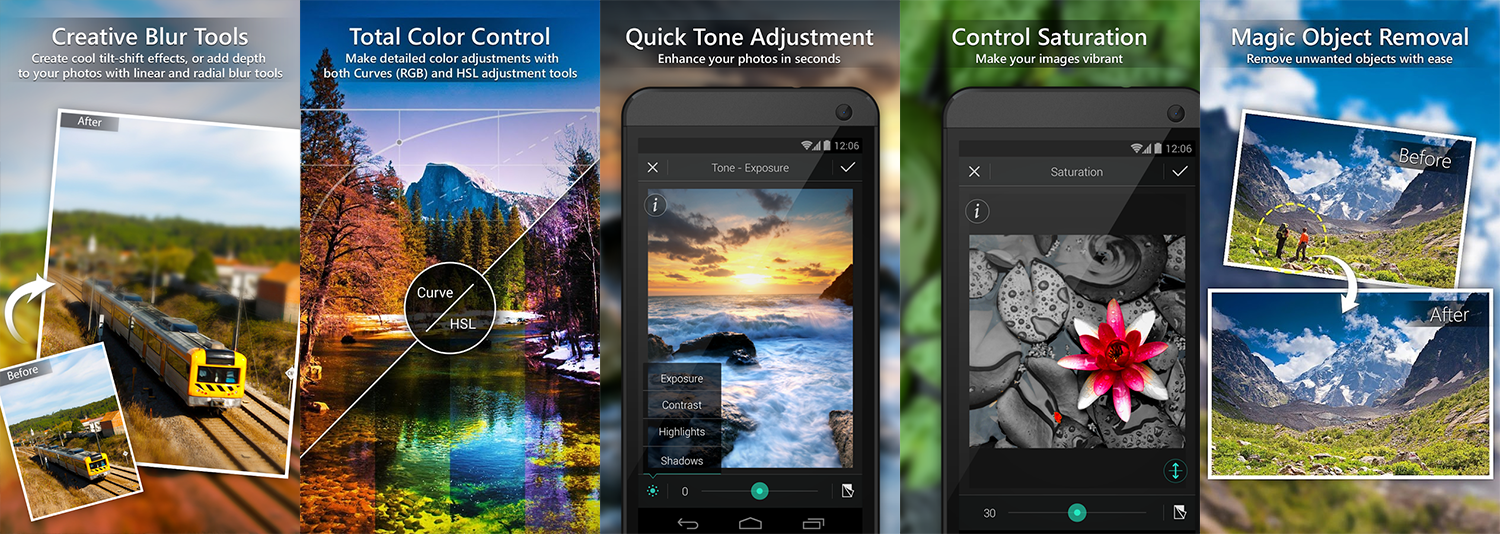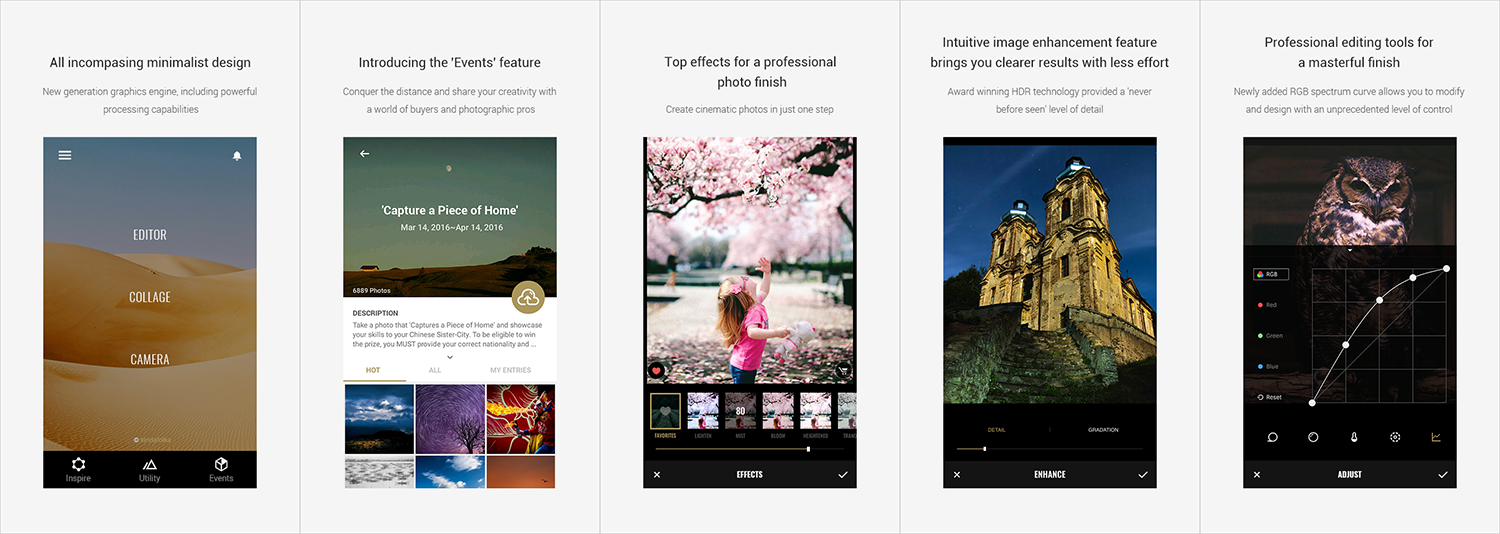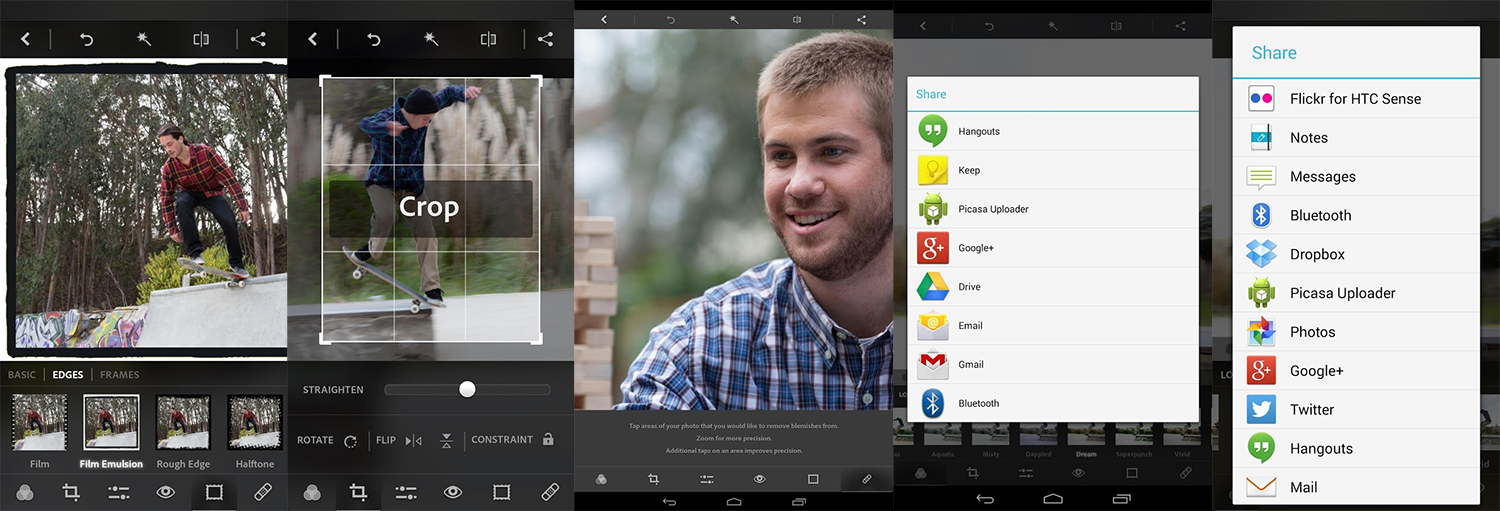New Concorde plane to ‘fly in 2020’ with one big change
RETURN OF SUPERSONIC PASSENGER SERVICE WITH WHAT IS BEING CALLED A “HEARTBEAT” PLANNED BY NASA. The space agency has unveiled plans for the new aircraft to fly from 2020, with the design having one major difference to the much-loved Concorde that was retired in 2003. A supersonic heartbeat It might have been an engineering marvel and icon, but Concorde was also well known for loud sonic booms as it passed through the sound barrier. And for some people, that was always a source…

